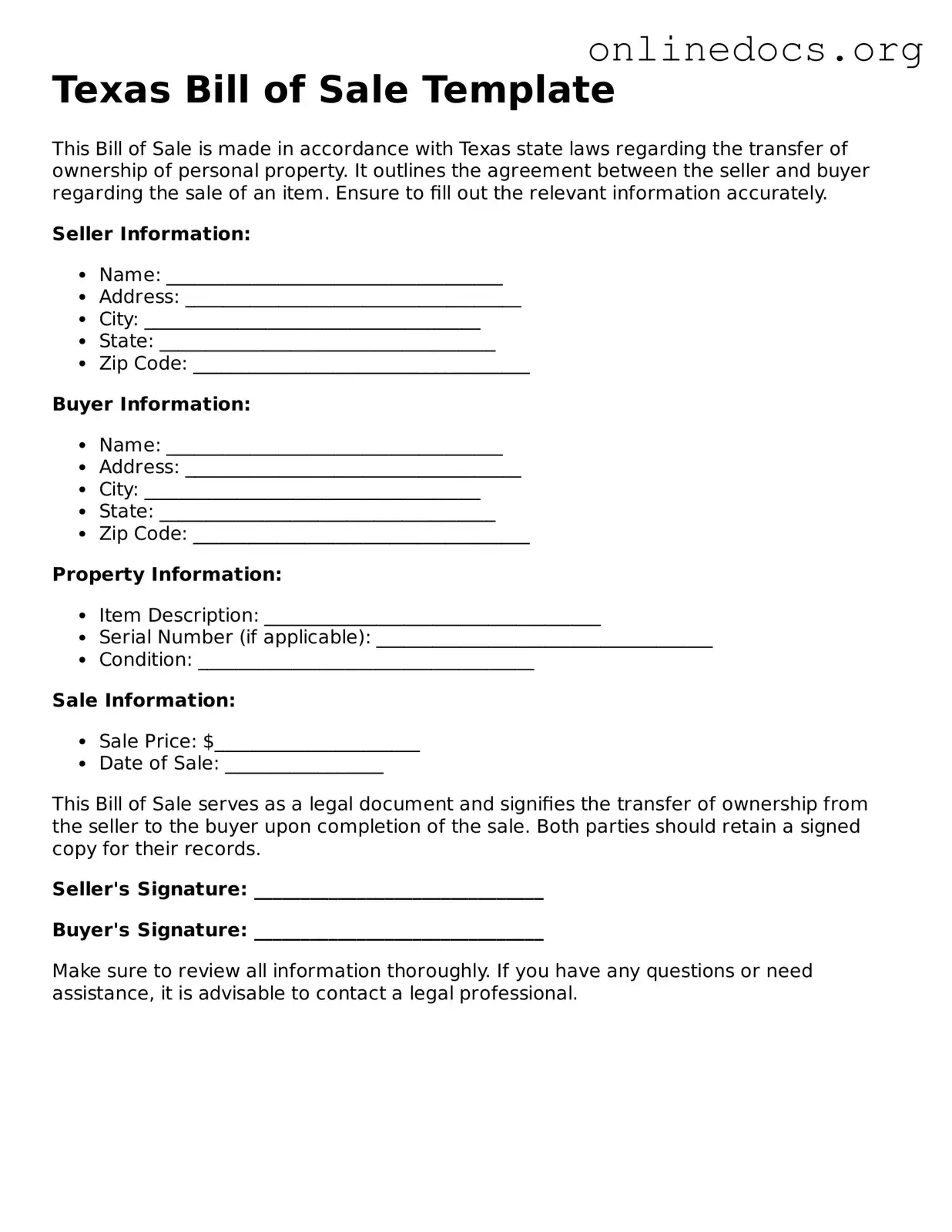The Texas Bill of Sale form is similar to a vehicle title transfer document. Both documents serve as proof of ownership when a vehicle changes hands. While the title transfer is specific to motor vehicles, the bill of sale can be used for various types of personal property. Each document typically includes details about the buyer, seller, and the item being sold, ensuring a clear record of the transaction.
When planning any event, it is essential to understand the implications of liability. A suitable option may be to use a comprehensive Release of Liability document to clarify responsibilities and ensure that all parties are protected in case of unforeseen incidents.
Another document akin to the Texas Bill of Sale is the purchase agreement. This agreement outlines the terms of a sale, including the price, payment methods, and any warranties. While a bill of sale confirms the transfer of ownership, a purchase agreement often serves as a preliminary step in the sales process. Both documents help protect the interests of both the buyer and seller by providing a written record of the transaction.
The lease agreement also shares similarities with the Texas Bill of Sale. Both documents involve the transfer of rights, whether it’s ownership or temporary possession. A lease agreement details the terms under which a property or item can be used, while a bill of sale confirms a permanent transfer. Each document includes essential information about the parties involved and the item in question, ensuring clarity in the transaction.
A donation receipt is another document that resembles the Texas Bill of Sale. Both serve as evidence of a transaction, though the nature of the transaction differs. A donation receipt acknowledges that an item has been given without compensation, while a bill of sale indicates a sale. Both documents typically include details about the donor or seller, the recipient or buyer, and the item involved, providing a record for tax or personal purposes.
The consignment agreement is also similar to the Texas Bill of Sale. In a consignment agreement, an item is entrusted to a seller for resale, while the bill of sale finalizes the sale of an item. Both documents outline the responsibilities of the parties involved. They include details about the item, pricing, and terms of the sale, ensuring that everyone understands their obligations.
Lastly, the warranty deed shares some characteristics with the Texas Bill of Sale. Both documents are used in property transactions, but a warranty deed specifically transfers real estate ownership. A bill of sale can apply to personal property. Each document provides a written record of the transaction and includes information about the parties involved, ensuring that ownership is clearly established.
